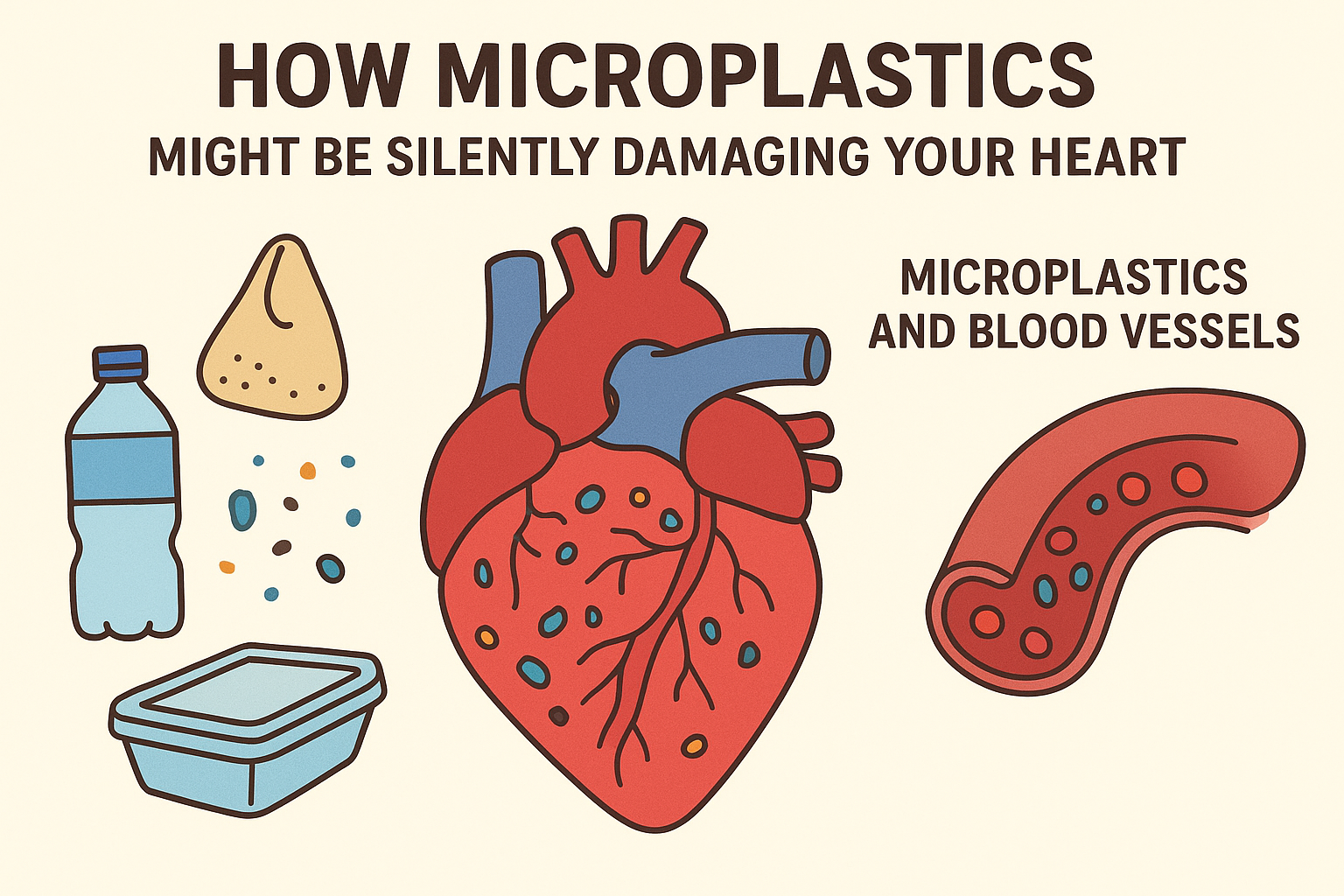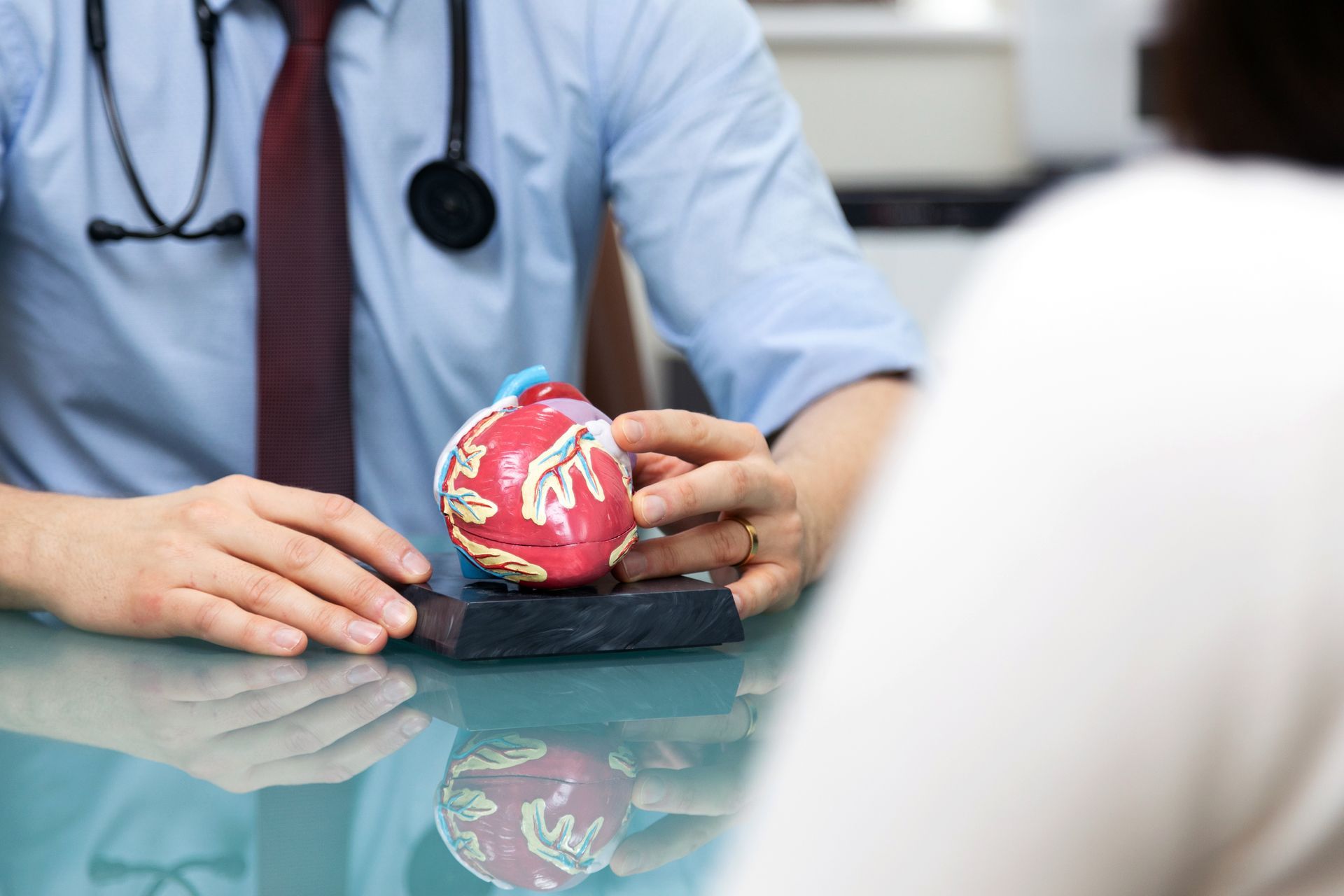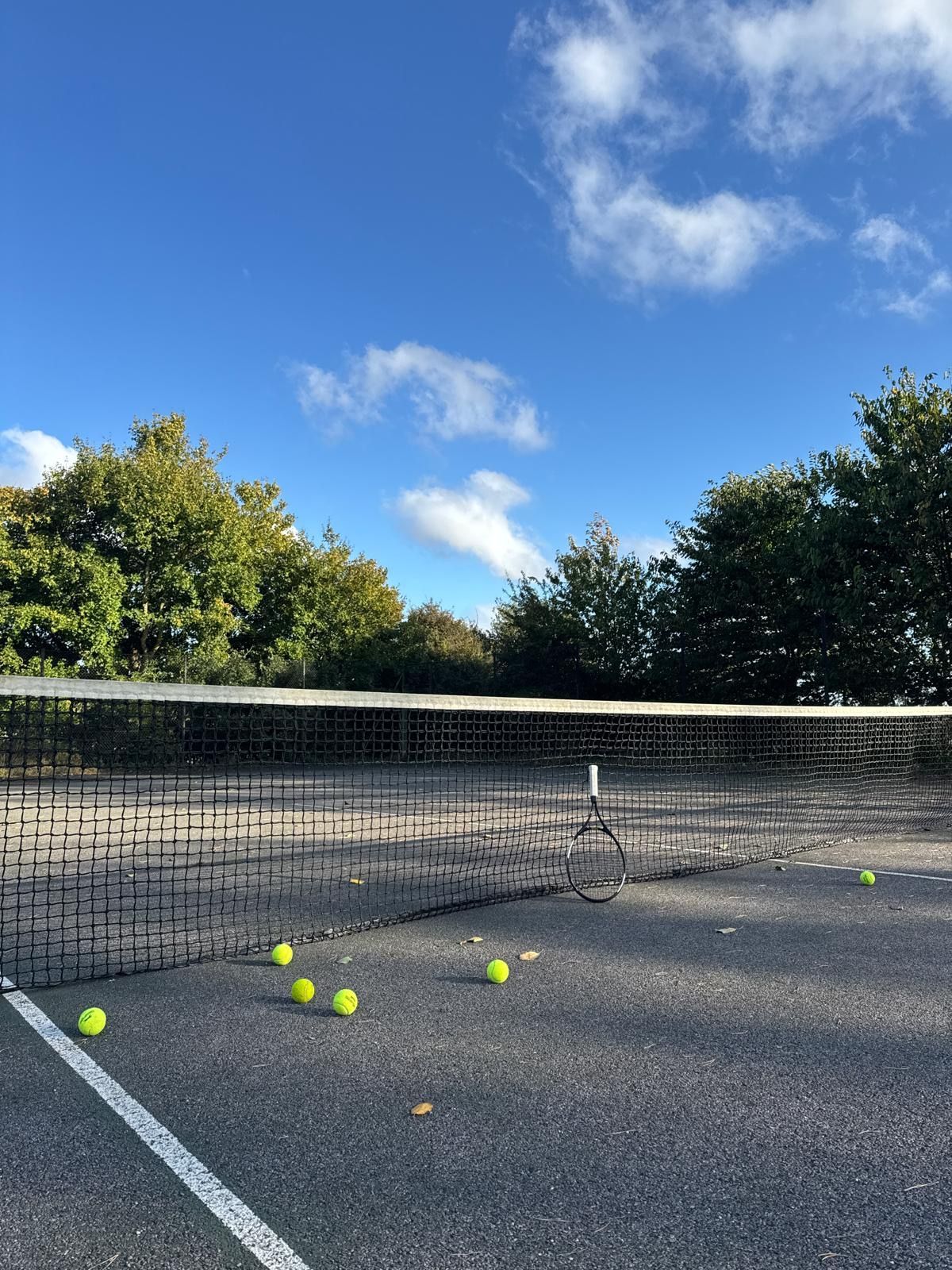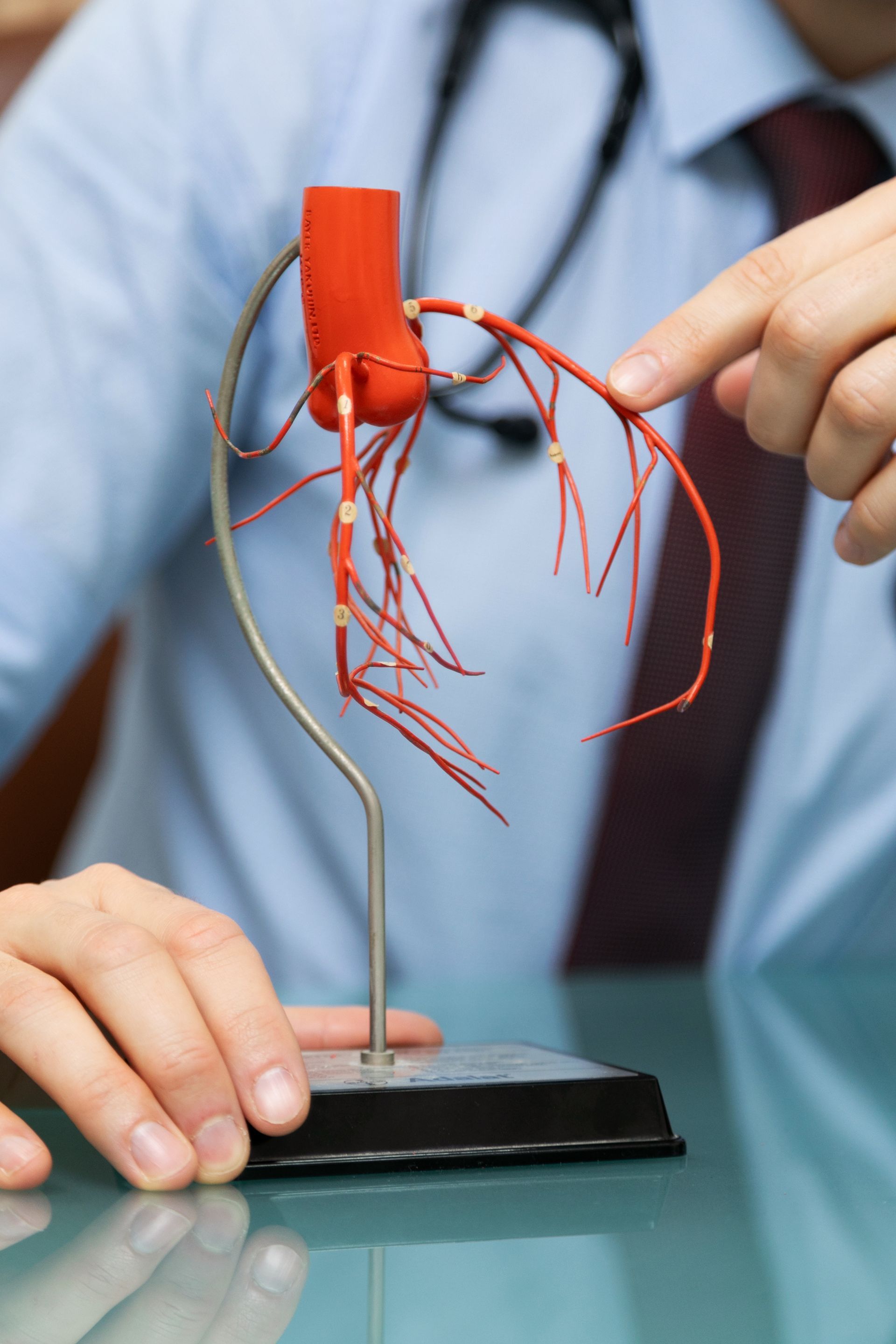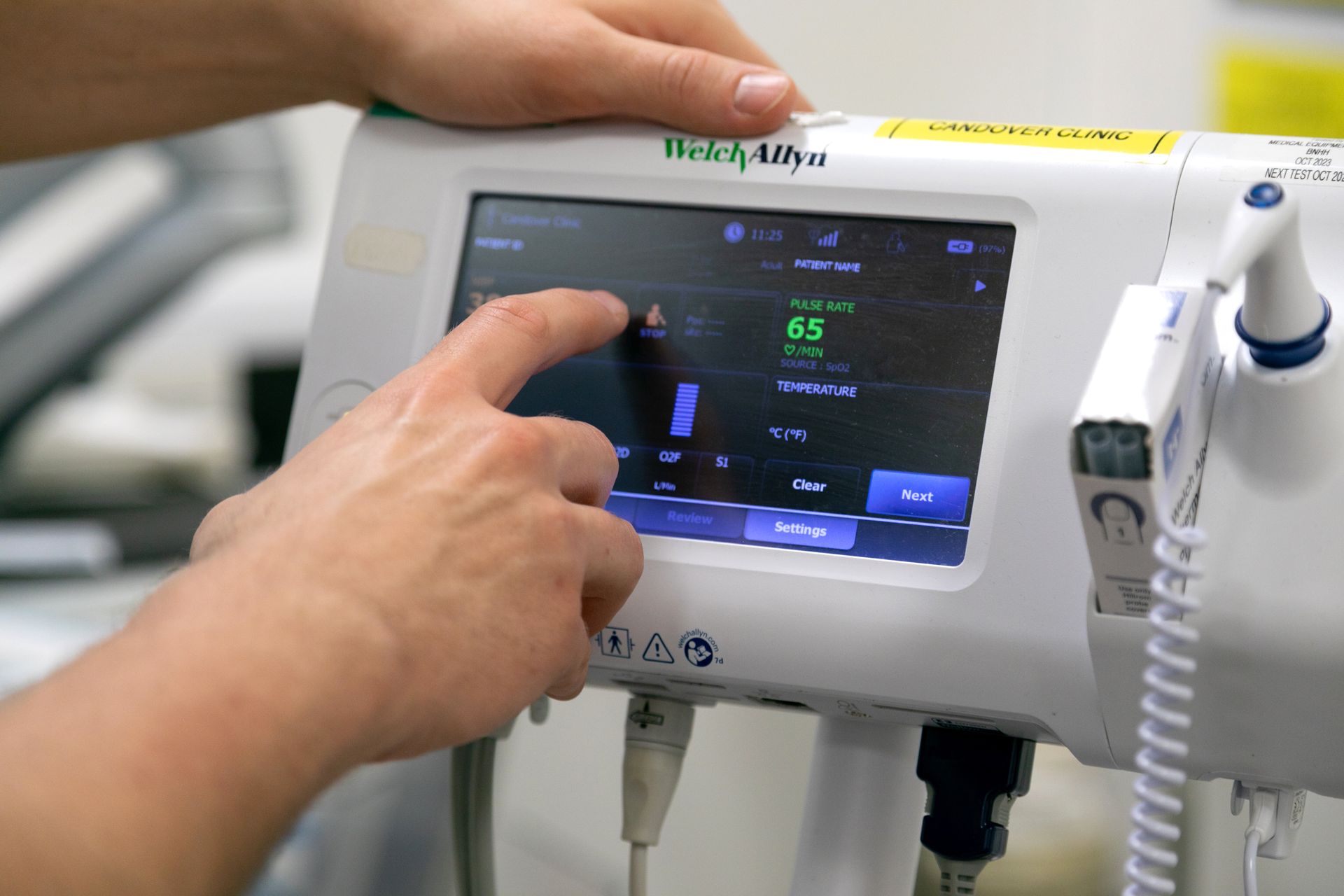What`s the difference between Real Hypertension and White Coat Syndrome?
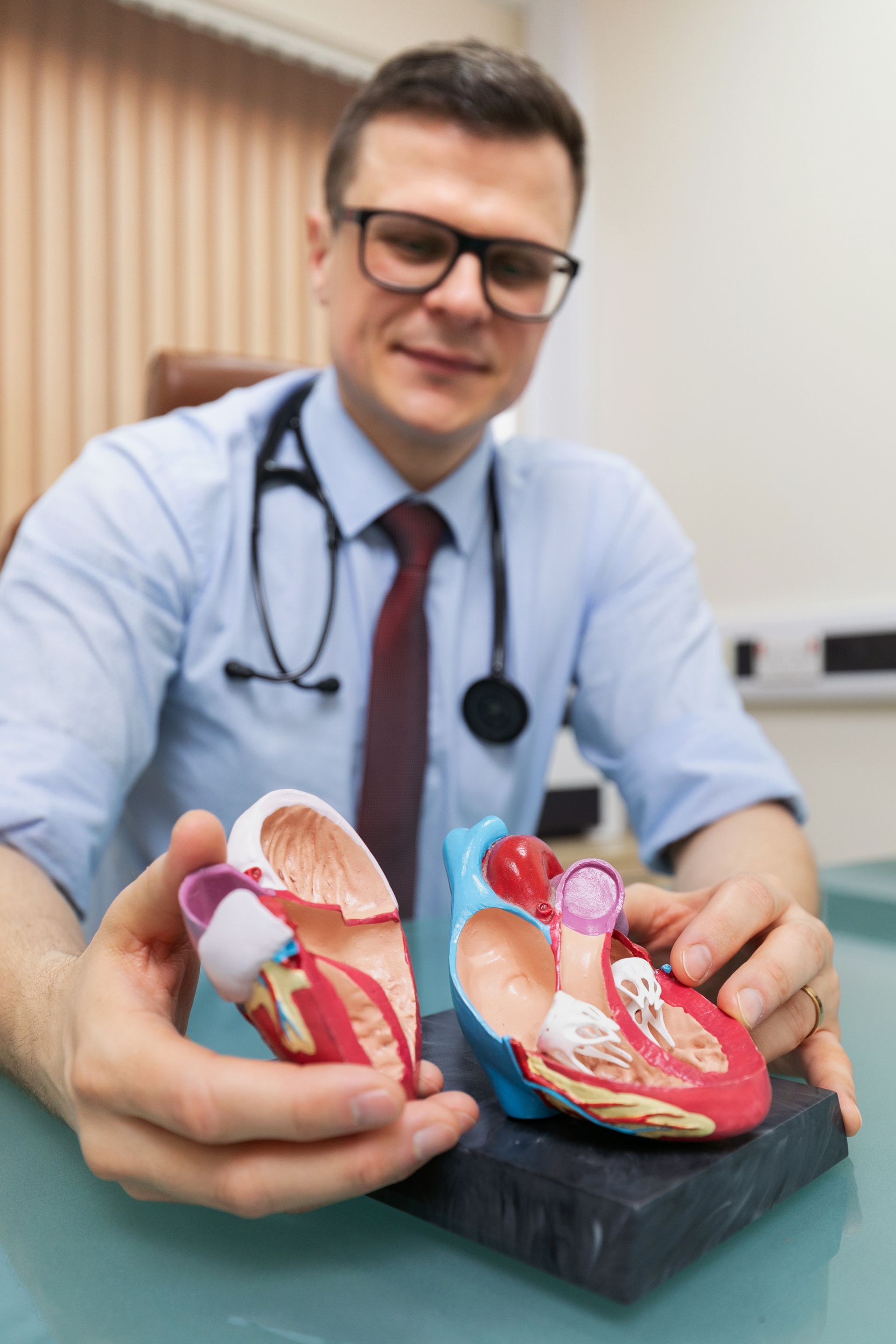
White coat hypertension, often referred to as white coat syndrome, and real hypertension are two conditions that involve elevated blood pressure readings but differ significantly in their causes, diagnosis, and implications. Understanding these differences is crucial for accurate hypertension diagnosis and effective management.
In this article we will define both but also answer several very interesting, hypertension related questions:
- How many People in the World have High Blood Pressure (Hypertension)?
- Can eating tomatoes help to reduce Your Blood Pressure?
- Is using Mobile Phones (making or taking calls) is associated with an increased risk of High Blood Pressure (Hypertension)?
- Can ultra processed food cause High Blood Pressure?
- Are Young People also at risk of developing High Blood Pressure?
- How Salt affects Your Blood Pressure?
- Is there a link between snoring and High Blood Pressure?
What Is White Coat Hypertension?
White coat hypertension is characterized by elevated blood pressure readings observed in a clinical setting, such as a doctor’s office, while blood pressure measurements taken outside of this environment remain within normal ranges. This phenomenon is believed to result from the anxiety or stress some individuals experience during medical examinations, leading to temporarily increased blood pressure levels. White-coat hypertension affects 15% to 30% of individuals with elevated office blood pressure and is a fairly consistent phenomenon. Although there are no definitive diagnostic markers, it is more common in women, older adults, nonsmokers, and those newly diagnosed with hypertension who have undergone limited office-based blood pressure measurements, particularly if their hypertension is mild. White coat syndrome blood pressure measurements are important to recognise.
https://www.ahajournals.org/doi/10.1161/hypertensionaha.113.01275
Defining Real Hypertension
Real hypertension, also known as sustained hypertension, is a chronic condition where an individual consistently exhibits high blood pressure readings both in clinical settings and during daily activities. Unlike White Coat Hypertension, these elevated readings are not limited to specific environments and persist over time, indicating a continuous strain on the cardiovascular system.
Normal Blood Pressure can be either or:
- Optimal Blood Pressure: Typically falls between 90/60 mmHg and 120/80 mmHg.
- For individuals over 80, an ideal reading is below 150/90 mmHg in a clinical setting or below 145/85 mmHg when measured at home. This accounts for the natural stiffening of arteries with age.
- High-Normal Blood Pressure (Pre-Hypertension):
- Falls between 120/80 mmHg and 140/90 mmHg—not classified as high blood pressure but not ideal either.
- If your readings are in this range, adopting a healthier lifestyle can help prevent progression to hypertension.
High Blood Pressure (Hypertension)
Hypertension is classified into three stages:
- Stage One Hypertension
- Clinic Reading: 140/90 mmHg to 160/100 mmHg
- Home Reading: 135/85 mmHg to 150/95 mmHg
- Stage Two Hypertension
- Clinic Reading: 160/100 mmHg to 180/120 mmHg
- Home Reading: Over 150/95 mmHg
- Stage Three Hypertension (Severe Hypertension)
- Clinic Reading: Systolic BP over 180 mmHg or diastolic BP over 120 mmHg
- This requires urgent medical assessment by your doctor for further evaluation and potential treatment.
https://www.bhf.org.uk/informationsupport/risk-factors/high-blood-pressure
Diagnostic Methods and Accuracy
Hypertension diagnosis accuracy depends on several factors and accurately distinguishing between White Coat Hypertension and sustained hypertension is essential to prevent misdiagnosis and unnecessary treatment. Traditional office blood pressure measurements can sometimes lead to misclassification due to the white coat effect. To improve diagnostic accuracy, healthcare providers often employ ambulatory blood pressure monitoring (ABPM) or home blood pressure monitoring (HBPM). ABPM involves wearing a portable device that records blood pressure at regular intervals over 24 hours, providing a comprehensive profile of blood pressure variations throughout the day and night. HBPM requires individuals to measure their blood pressure at home using validated devices, offering insights into blood pressure levels in a familiar environment. These methods have been shown to enhance the precision of hypertension diagnosis and reduce the likelihood of misdiagnosis associated with office measurements.
Blood pressure is recorded using two numbers:
- Systolic Pressure (Top Number): The higher value, representing the pressure in your arteries when your heart contracts and pumps blood throughout your body.
- Diastolic Pressure (Bottom Number): The lower value, indicating the pressure in your arteries when your heart relaxes between beats.
If your clinic reading is high, your may be asked to:
- Ambulatory Blood Pressure Monitoring (ABPM): Wearing a 24-hour monitor that automatically measures your blood pressure at regular intervals throughout the day and night. Dr Bart offers this test via his clinics.
- Home Blood Pressure Monitoring (HBPM): Taking additional readings at home using your own blood pressure monitor.
https://www.bhf.org.uk/informationsupport/risk-factors/high-blood-pressure
Implications of White Coat Hypertension
While White Coat Hypertension was once considered benign, recent research suggests it may not be entirely harmless. Individuals with untreated White Coat Hypertension have been found to have a heightened risk of developing sustained hypertension over time. Additionally, studies indicate that these individuals may have a higher risk of cardiovascular events compared to those with consistently normal blood pressure readings. Therefore, regular monitoring and lifestyle modifications are often recommended for individuals with WCH to mitigate potential health risks. At present, its long-term impact on cardiovascular outcomes remains uncertain. Additionally, there is insufficient data from randomized controlled trials to determine whether treatment is necessary for White Coat Hypertension.
Treatment Approaches for Sustained Hypertension
In contrast, sustained hypertension often necessitates a combination of lifestyle modifications and pharmacological interventions to achieve optimal blood pressure control. Antihypertensive medications, such as diuretics, beta-blockers, ACE inhibitors, and calcium channel blockers, may be prescribed based on individual patient profiles and comorbidities. Regular follow-up with healthcare providers is essential to monitor treatment efficacy and make necessary adjustments. Dr Bart often provides his patients with individualised plans and frequent monitoring of blood pressure measurements.
The Role of Accurate Blood Pressure Measurement
Ensuring accurate blood pressure measurement is fundamental in distinguishing between White Coat Hypertension and sustained hypertension. Proper measurement techniques include having the patient seated comfortably with their back supported, feet flat on the floor, and arm supported at heart level. The use of appropriately sized cuffs and allowing the patient to rest quietly before measurement can also enhance accuracy. Missteps in measurement protocols can lead to erroneous readings, potentially resulting in misdiagnosis and inappropriate management.
Conclusions
Differentiating between white coat hypertension and real hypertension is crucial for implementing appropriate management strategies and reducing the risk of cardiovascular complications. Utilising accurate diagnostic tools, adhering to proper measurement techniques, and adopting individualized treatment plans can significantly improve patient outcomes. Ongoing research continues to shed light on the complexities of hypertension, emphasizing the importance of personalised care in managing this prevalent condition.
Interesting, hypertension related questions and answers below.
- How many People in the World have High Blood Pressure (Hypertension)?
In 2019, 1.3 Billion people worldwide were living with High Blood Pressure, according to the WHO report on Hypertension. This number has doubled in the last 29 years. Majority (78%) of the individuals affected by High Blood Pressure live in low to middle-income countries. In addition to this, only in around 20% of people with diagnosed Hypertension, blood pressure remains well controlled. Exercise, healthy eating and cessation of smoking – all help with reduction of blood pressure. Hypertension often causes no symptoms but symptoms of High Blood Pressure can include: headaches, chest pains, dizzy spells, breathlessness and blurred vision. High Blood Pressure in a long term can lead to serious health conditions: heart attacks, heart failure, stroke, kidney disease, vascular peripheral disease and vascular dementia.
Link to the article, which was published in JAMA on the 4th of October 2023.
https://jamanetwork.com/journals/jama/article-abstract/2810574
- Can eating tomatoes help to reduce Your Blood Pressure?
Yes, according to a study published in European Journal of Preventive Cardiology in 2023.
It was a large prospective study, which included over 7000 individuals, of whom over 80% had a diagnosis of High Blood Pressure. Study participants were grouped into 4 different categories depending on the eaten. The risk of HIGH BLOOD PRESSURE was lower with >110g/day consumption of Tomatoes as compared to <44g/day. Of note 110 grams of Tomatoes is 10 small tomatoes, 2 average Roma tomatoes or 1 average Beefsteak tomato.
The authors concluded: ‘Tomato consumption, including tomato-based products, is beneficial in preventing and managing hypertension. Higher tomato intake reduces hypertension risk by 36%, and moderate consumption lowers blood pressure, especially grade 1 hypertension’.
Link to the full article below:
https://academic.oup.com/eurjpc/advance-article/doi/10.1093/eurjpc/zwad363/7450162?login=true
- Is using Mobile Phones (making or taking calls) is associated with an increased risk of High Blood Pressure (Hypertension)?
Yes, according to a study published in 2023, weekly usage (phone calls) of over 30 MINS was found to be linked to significantly higher risk of developing Hypertension. Compared to phone calls of <5mins, 30-59 mins (HR 1.08), 1-3hrs (HR 1.13), 4-6hrs (HR 1.16), >6hrs (HR 1.25), (p<0.001 for trend) It was a large, observational data, which was published in European Heart Journal – Digital Health. Over 200 000 individuals with no prior diagnosis of High Blood Pressure were included, from UK Biobank database. Follow up lasted 12 years (median) and nearly 14 000 participants developed High Blood Pressure in this time frame. The authors concluded: ‘Mobile phone use for making or receiving calls was significantly associated with a higher risk of new-onset hypertension, especially high-frequency users.
https://academic.oup.com/ehjdh/article/4/3/165/7131479?login=false
- Can ultra processed food cause High Blood Pressure?
Yes, according to this data, eating ULTRA-PROCESSED food resulted in significantly elevated Blood Pressure (odds ratio: 1.23; 95% CI: 1.11, 1.37; p=0.034). It was a large meta-analysis, which consisted of nine studies and included 111594 individuals was published in June 2022 in American Journal of Hypertension. ULTRA-PROCESSED foods include: pastries, cakes, pre-prepared pizza, burgers etc. The meta-analysis included studies from Canada, Brazil, Spain, United States, Lebanon and Mexico.
https://academic.oup.com/ajh/article/35/10/892/6617679
- Are Young People also at risk of developing High Blood Pressure?
According to this Health Survey for England (link below), around 170 000 people between the age of 16 and 24 have elevated Blood Pressure. This data suggested that 7% of male individuals and 4% of female population, in this age group, have increased Blood Pressure levels. In addition to this majority of men (66%) and nearly a quarter of women (26%) are not aware of their condition. Factors that influence blood pressure include: alcohol, lack of activity, smoking, increased BMI and poor diet. High blood pressure/hypertension is a major risk of heart attacks and strokes.
This data was reported by BBC in the past:
https://www.bbc.co.uk/news/health-65410018
- How Salt affects Your Blood Pressure?
One week of low salt diet caused a decrease of 8mmHg in participants’ Blood Pressure in comparison to high salt intake. This is a similar effect to an antihypertensive medications.
It was an American study, conducted between April 2021 and February 2023, published in JAMA in November 2023. Over 200 participants, aged 50-75 years were included. Interestingly, there was a wide variation in individuals enrolled in terms of underlying diagnoses, with 25% having normal blood pressure, 25% untreated hypertension, 20% controlled hypertension and just over 30% poorly controlled hypertension. In this study, low-sodium diet = 500mg daily, high-sodium diet = 2200 mg daily. The effect of low salt diet was seen in 75% of participants.
More details in the article below:
https://jamanetwork.com/journals/jama/article-abstract/2811931
- Is there a link between snoring and High Blood Pressure?
A study published in February 2024 in NPJ Digital Medicine showed that a higher proportion of Snoring time was linked to 1.9-fold increase in uncontrolled Hypertension. This was an independent finding, regardless of Sleep Apnea.
It was a large study, which included over 12k participants, with mean age of 50 years, of whom 12% were women. Individuals, who snored frequently and regularly had and increase of 3 mmHg (systolic) and 4 mmHg (diastolic) in blood pressure as compared to participants, who snored infrequently. This was independent of age, BMI, gender and apnea-hypopnea index. The authors concluded: ‘In summary, long-term nightly snoring assessments indicate that snoring is highly prevalent in the adult community and is associated with a ~20 to 80% increase in hypertension prevalence, independent of Obstructive Sleep Apnea severity. High hypertension prevalence was also observed for people with a high proportion of the night spent snoring, even without sleep apnea.
Link to the article below:
https://www.nature.com/articles/s41746-024-01026-7

